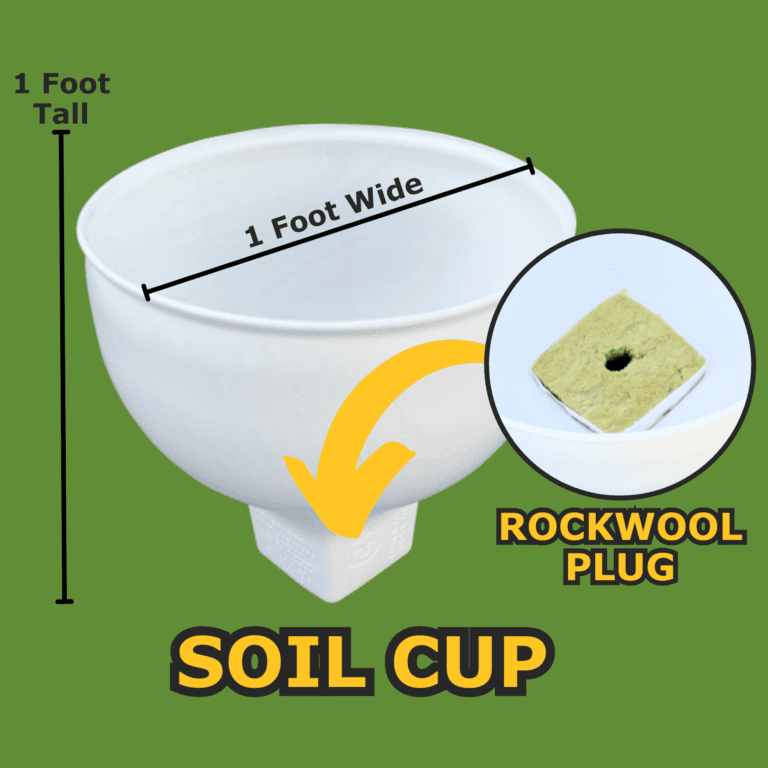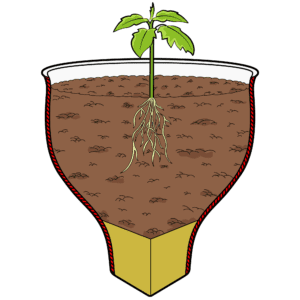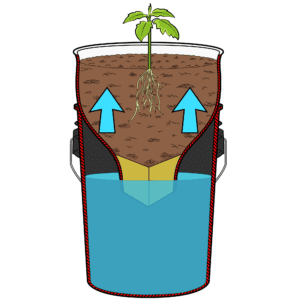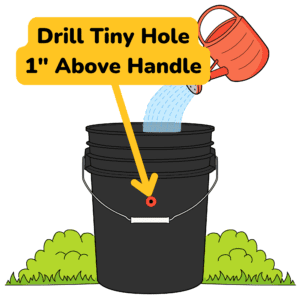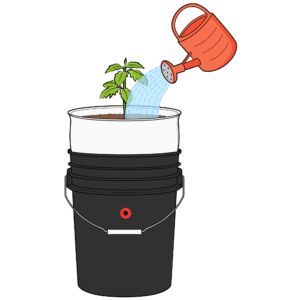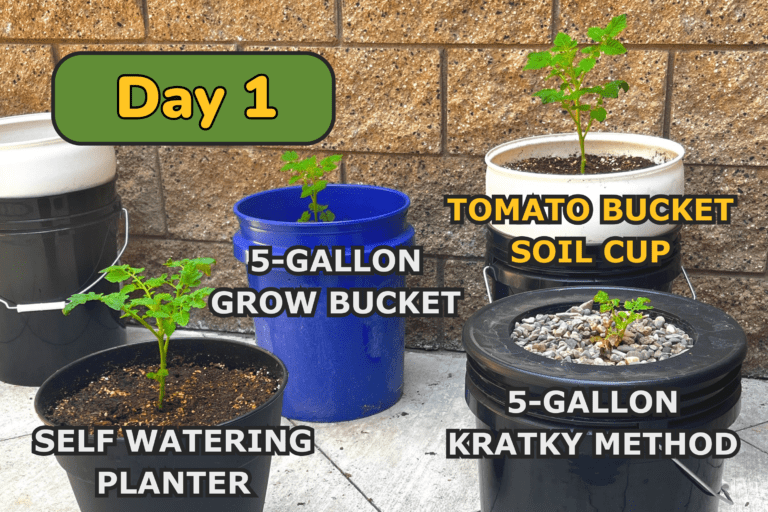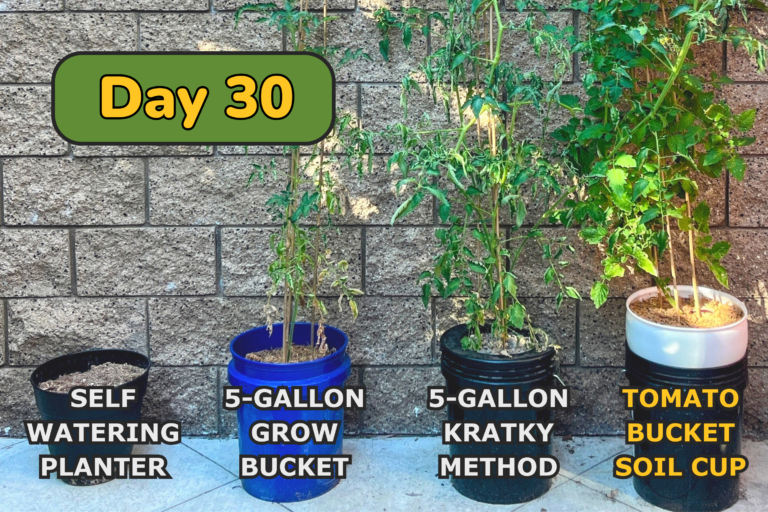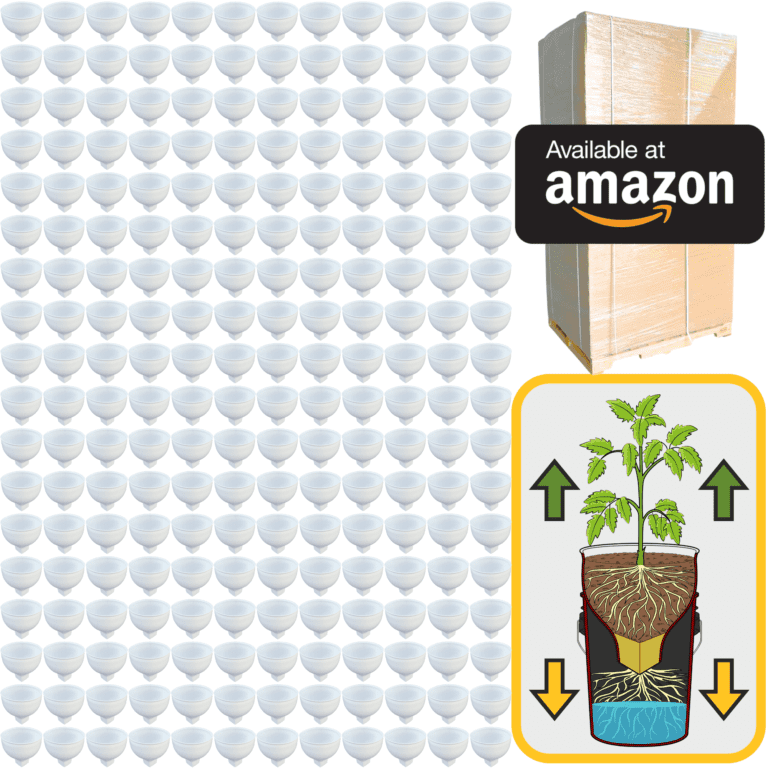As we look ahead to the future of cannabis cultivation, it’s clear that this plant has only begun to show us its potential. With each new advancement in technology and research, we’re finding ways to refine, enhance, and even transform the ways we grow, use, and understand cannabis. What was once a simple plant grown for its raw benefits has now become a field of science and innovation, with growers, scientists, and enthusiasts pushing the boundaries to see what cannabis is truly capable of. These advancements don’t just promise stronger plants or larger yields—they represent an evolution in how we approach cultivation itself, with a focus on precision, sustainability, and the pursuit of quality in every aspect.
One of the most exciting areas in cannabis cultivation is the rise of precision agriculture. Technology now allows us to monitor and control nearly every aspect of a plant’s growth environment, from light and temperature to humidity and nutrient levels. Sensors embedded in the soil or hydroponic systems can track a plant’s needs in real-time, sending data directly to your smartphone or computer. This means you can know exactly when your plants need water, nutrients, or a change in environment to keep them at their healthiest. Automation has become a key tool, allowing growers to create highly controlled environments where cannabis can reach its full potential without wasting resources. Automated lighting and climate systems mean growers can maintain perfect conditions day and night, leading to plants that are healthier, more resilient, and capable of producing larger yields with less manual labor.
Hydroponics and aeroponics, systems that allow plants to grow without soil, have become more refined as well. These methods use nutrient-rich water solutions to deliver everything a plant needs directly to its roots, and because they’re so efficient, they allow cannabis to grow faster and often with higher yields than traditional soil-based methods. Aeroponics takes it a step further, delivering nutrients in a fine mist, which means roots get direct access to oxygen and nutrients without any substrate. These systems are space-efficient and perfect for indoor setups where every inch matters. They allow growers to use less water than traditional methods, making them a promising choice for sustainable growing in urban areas or places where water is limited.
Lighting technology has also taken huge leaps, especially with the development of LED systems that can mimic the exact spectrum of sunlight cannabis needs during each growth phase. Early LED systems were energy-efficient but limited in spectrum, which meant plants didn’t always grow as well under them. Now, full-spectrum LEDs are not only efficient but also highly customizable, letting growers adjust the spectrum to simulate natural sunlight. Some systems even allow you to program “sunrise” and “sunset” modes, providing a smooth transition from day to night and creating a stress-free environment that mimics the plant’s natural habitat. This kind of precise lighting not only improves plant growth but reduces energy use, making it both effective and sustainable.
In addition to technology, genetic research is opening up new possibilities for cannabis cultivation. By studying the plant’s genetic makeup, researchers are finding ways to develop strains with specific traits, such as higher resistance to pests, greater drought tolerance, or more consistent cannabinoid profiles. Genetic mapping allows breeders to understand which genes control which traits, making it possible to create new strains that are better suited for different climates, growing conditions, or therapeutic purposes. Imagine a future where you can grow a strain that’s perfectly suited to your region’s climate or one that contains precise levels of THC, CBD, and terpenes tailored to specific therapeutic needs. As genetic research continues, we’re likely to see a wider variety of strains with unique properties, each offering something new to growers and consumers alike.
As our understanding of cannabis deepens, so does our approach to sustainability. Sustainable cultivation is more than just a trend—it’s becoming a necessity as we consider the environmental impact of growing cannabis on a large scale. Techniques like closed-loop hydroponic systems, where water is recycled rather than wasted, help conserve resources. Solar panels and other renewable energy sources are being integrated into grow operations, allowing cultivators to power their setups sustainably. Some growers are even exploring organic practices, avoiding synthetic fertilizers and pesticides in favor of natural solutions that maintain soil health and biodiversity. By prioritizing sustainability, the industry is moving toward practices that respect both the plant and the environment, ensuring that future generations can enjoy cannabis without compromising the planet.
One of the most intriguing areas of emerging research is the study of minor cannabinoids. THC and CBD may be the most well-known cannabinoids, but cannabis produces over a hundred others, many of which are only now being studied in depth. Cannabinoids like CBG, CBN, and THCV are showing promising therapeutic potential, each with unique effects that differ from the typical THC or CBD experience. For example, CBG is known for its potential anti-inflammatory properties, while THCV has been studied for its possible appetite-suppressing effects. As our understanding of these minor cannabinoids grows, we may see new strains bred to emphasize these compounds, offering even more tailored therapeutic options for consumers.
As research into terpenes expands, we’re learning that these aromatic compounds play an essential role in the effects of each strain. Terpenes don’t just contribute to the smell and taste of cannabis; they interact with cannabinoids to influence how each strain feels. This means that the future of cannabis cultivation will likely focus on both cannabinoids and terpenes, as growers look to develop strains with specific “terpene profiles” designed to enhance particular moods or effects. Imagine being able to select a strain not just by its THC or CBD content but by its exact terpene blend, finding one that gives you the perfect level of relaxation, creativity, or mental clarity.
Medical research is another area where cannabis has a promising future. As more studies investigate the therapeutic uses of cannabinoids, cannabis is increasingly being recognized as a valuable tool in healthcare. From pain relief and anti-inflammatory effects to possible benefits for anxiety, epilepsy, and even neurodegenerative conditions, cannabis has the potential to make a meaningful impact on health and wellness. In the future, we might see medical strains developed with specific ratios of cannabinoids and terpenes tailored to treat particular conditions, giving doctors and patients more precise options for treatment.
Looking further into the future, we can also imagine the impact of artificial intelligence and machine learning on cannabis cultivation. AI technology is already being used in some high-tech grow operations to monitor plant health, predict yields, and even detect early signs of disease or stress. By analyzing data from thousands of plants, AI can identify subtle patterns that human growers might miss, offering insights that improve every stage of the cultivation process. From nutrient levels to pest control, AI could transform cannabis cultivation into a precise science, allowing growers to achieve optimal results with minimal guesswork.
As these technologies and research breakthroughs converge, the future of cannabis cultivation promises a landscape where plants are grown with incredible precision, where each strain is crafted to suit specific needs, and where the process is as efficient and sustainable as possible. The journey from seed to harvest will be more refined, with growers having tools at their fingertips that allow them to produce cannabis of exceptional quality and consistency. For growers, consumers, and patients alike, this future holds the promise of a more informed, intentional, and respectful relationship with cannabis.
In the years to come, cannabis cultivation will likely become a blend of art and science. Each grow will be an opportunity not just to produce a crop but to participate in a field that continues to evolve and innovate. For those who have watched cannabis grow from a hidden passion into a respected practice, the future represents the fulfillment of a dream—the chance to cultivate with both purpose and precision, in a way that honors the plant’s past and embraces its potential.
As we look forward, the goal is clear: to make cannabis cultivation not just a personal experience but one that’s sustainable, informed, and beneficial for all. Each advancement, each new technique, and each discovery brings us closer to a future where cannabis isn’t just a plant we grow but a profound tool for well-being, growth, and connection. With respect, knowledge, and innovation as our guide, the future of cannabis cultivation is a bright and promising one, paving the way for growers and enthusiasts to make their mark in history.

